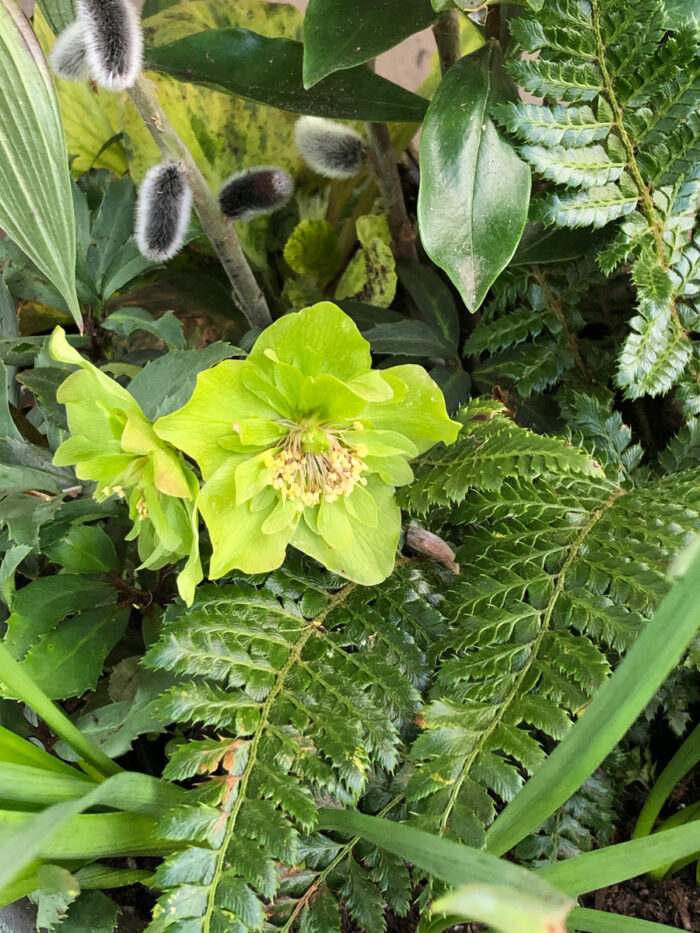
Shade gardens are some of the most beautiful and rewarding gardens you can create. No one can resist the cool welcome that dappled areas of the landscape offer in the heat of summer. The boisterous flowering in the sunny portions of the garden is wonderful, but when the temps soar and the eyes need relief from the glare of the sun, to the shade garden we go! Many of us, though, only have shade thanks to a covered porch or roofed entry. In these spots, visitors can experience the same cool, lush feeling they might out in the landscape, but it hits them as they enter our homes with shady garden containers. Taking some of the best aspects of a shade garden in the ground and displaying them in pots is a chance to highlight some stars that don’t always get the proper attention. The following suggestions will survive in a pot for years in the PNW and can be replanted into the ground when you are ready for a change.
Shangri-La™ begonia is a container garden star
(Begonia circumlobata ‘MonShayne’, Zones 8–11)
A low pot of Shangri-La™ begonia sets off the rest of this winter assortment of containers with its frosty leaves. This variety will emerge from dormancy in late spring and continue to look lovely until a hard frost hits it. Happy in full to partial shade, it also can be planted in a mixed container. Its upright, fuzzy, dark red stems support dark olive-green foliage with red undersides. Deeply lobed, palmate, toothy leaves with silvery white speckles add bold texture to any container or as a single specimen. It increases in width until the container stops it, reaching only 6 to 10 inches in height.
Bigleaf hydrangea does well in containers in shade
(Hydrangea macrophylla and cvs. 6–9)
Hydrangeas tend to create quite a lot of drama in a pot all on their own. Simple bigleaf varieties from a big-box retailer are generally inexpensive and super easy to slip into a colorful pot. Many are forced into bloom by the nursery to increase sales in April, but even if this is the case, the large blossoms will persist for many months, going from vibrant hues into more subdued tones of blush or chartreuse. Under the cover of a porch roof, they were protected from any danger of late frosts in subsequent years too. This photo was taken in July, and they still look great with limited irrigation and ample shade. Most bigleaf varieties can be kept in the containers over the winter (but protect them from freezing) or planted in the shade garden when they go dormant.
Korean tassel fern is a lush green addition for shade containers
(Polystichum polyblepharum, Zones 5–9)
Ferns, with their shiny intricate leaves, are also a must-have for shade pots. They should be used to create an interesting evergreen base for additional colorful annuals later. Korean tassel fern grows well in full to partial shade. Its upright form stays beautiful throughout the winter. You can expect it to live happily in a container for at least 2 years, after which it can be transplanted into a portion of your shade garden.
Epimediums are graceful stars for shady garden container plantings
(Epimedium spp. and cvs., Zones 4–9)
Light and airy plants like epimedium add movement and interest to containers. These perennials will flower early in the spring with blooms that are held above the leaves on long pedicels. Blossoms can be many different hues, but in a container the leaf is just as important. Epimediums are often evergreen and can have colored or mottled foliage. This foliage is what adds interest to a pot after the flowering is over.
I am particularly fond of the variety ‘Spine Tingler’ (E. ‘Spine Tingler’, Zones 5–8, back pot) with light yellow flowers that seem to float in the air. Farge’s epimedium (E. fargesii, Zones 5–9, front pot) is another favorite for a container, with new leaves coming out bronze colored with lovely spiny edges. Its dangling purple flowers are very delicate looking, but the leathery leaf tells a different story. All epimediums are happiest in full shade, though they will tolerate some sun.
Shade containers with perennials at their base are so easy! Taking less water, fertilizer, and deadheading than sun containers, they leave more time to enjoy the warm weather. Plants can be swapped out seasonally with things from the garden too, making your cost output even less.
And to discuss these plants or ask other gardening questions, chat with the author on the Gardening Answers forum.
To read more on Pacific Northwest gardening, go here.
More on designing garden containers for shade:
Out-of-Ordinary Containers for Shade
How to Get Season Long Performance from Your Shade Containers
Designing Long-Lasting Containers
—Susan Calhoun is the owner of Plantswoman Design in Bainbridge Island, Washington.
All photos: Susan Calhoun
Fine Gardening Recommended Products

Planting in a Post-Wild World: Designing Plant Communities for Resilient Landscapes
Fine Gardening receives a commission for items purchased through links on this site, including Amazon Associates and other affiliate advertising programs.

Spear & Jackson 4930FZ Razorsharp Telescopic Tree Pruner
Fine Gardening receives a commission for items purchased through links on this site, including Amazon Associates and other affiliate advertising programs.

The Crevice Garden: How to make the perfect home for plants from rocky places
Fine Gardening receives a commission for items purchased through links on this site, including Amazon Associates and other affiliate advertising programs.


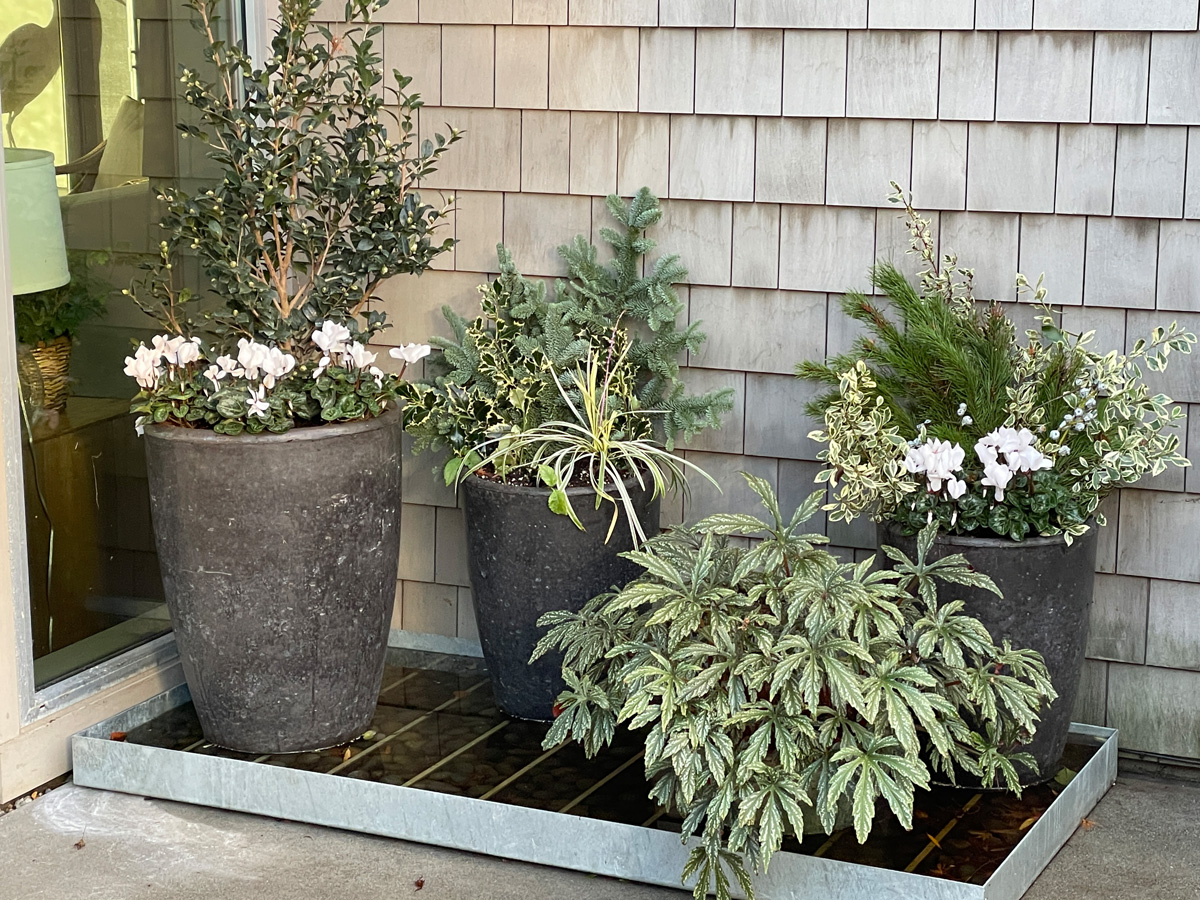
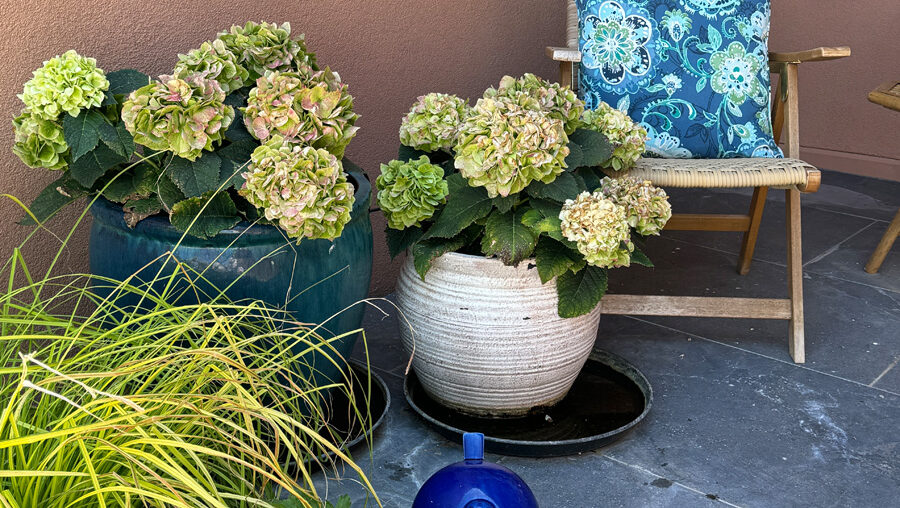
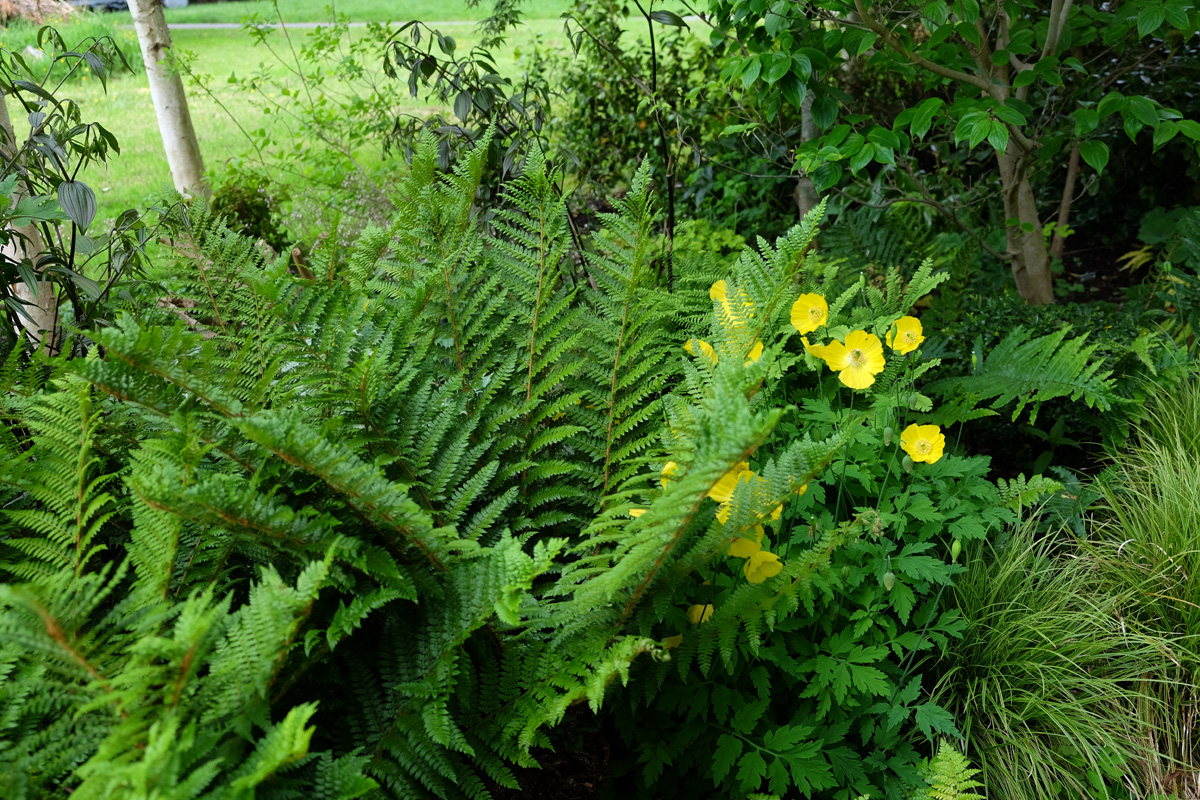
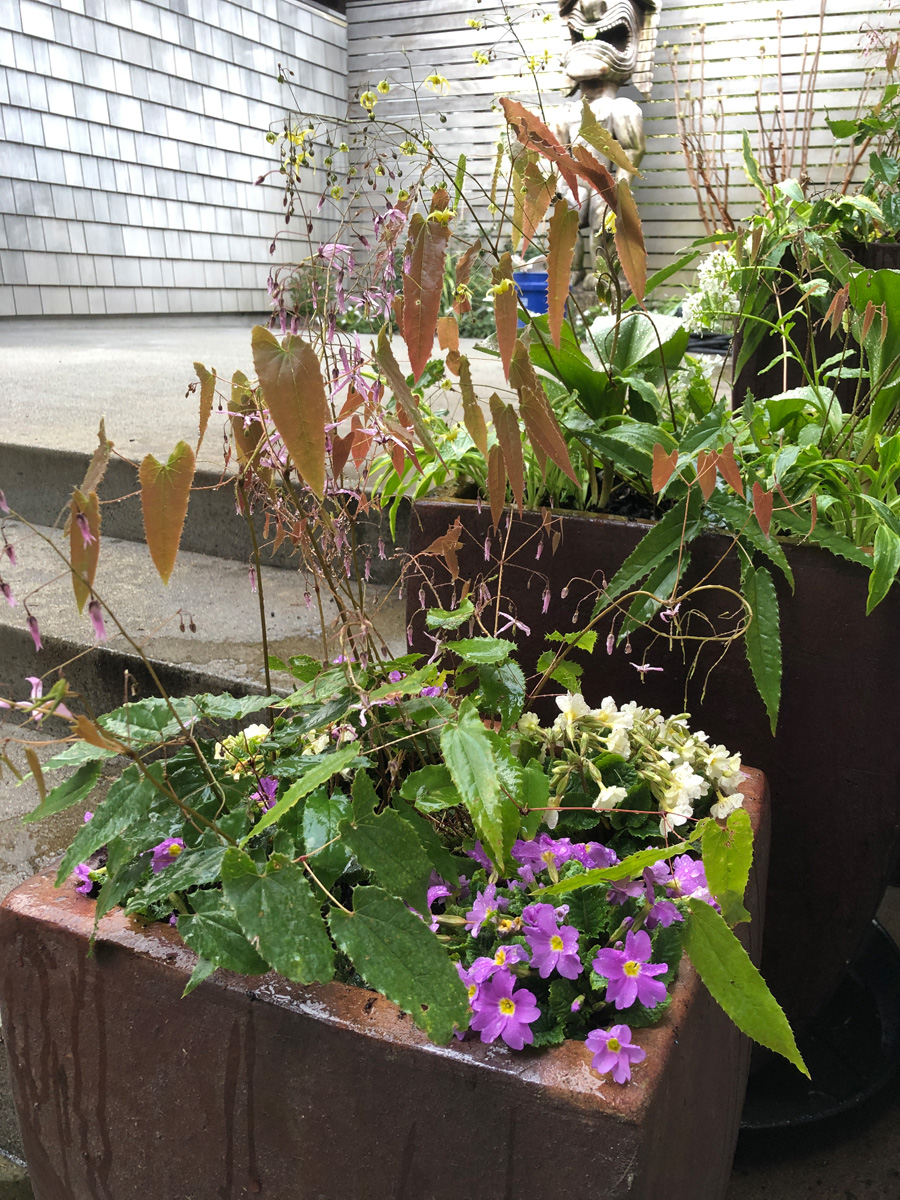

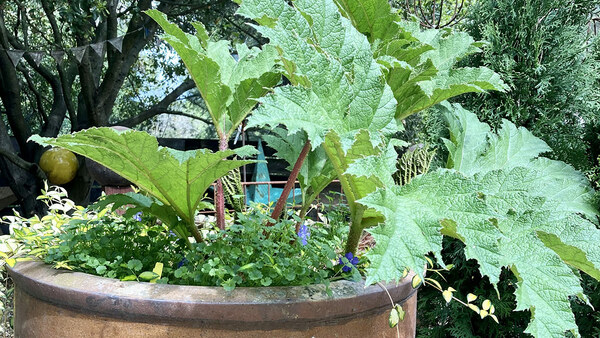
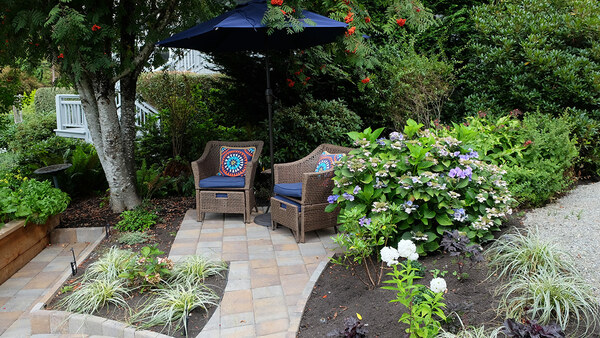














Comments
Log in or create an account to post a comment.
Sign up Log in